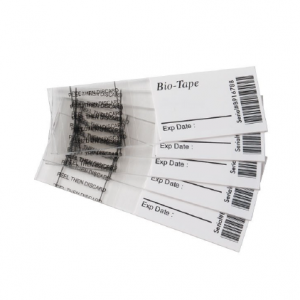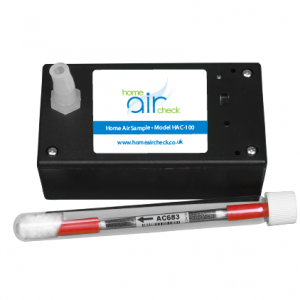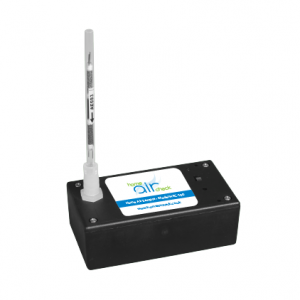
Mould Testing Basics
Mould is a panic inducing word for homeowners and tenants everywhere. Although having mould in your home won’t necessarily make you ill, it does have the potential to cause health problems. Symptoms from mould exposure can vary from mild (e.g., sneezing, runny nose, red eyes) to more severe (e.g., exacerbated asthma, wheezing/difficulty breathing, coughing, mould related infections).
Moulds are microscopic fungi that can be found almost anywhere, both indoors and outdoors. Mould can grow anywhere that satisfies four primary conditions:
- Presence of mould spores – spores are everywhere, and it is very difficult if not impossible to remove them completely.
- Appropriate growth surface or nutrient source – moulds are adaptable and can grow on almost any surface; many moulds, particularly like cellulose-based materials (e.g., wood, drywall, insulation, cardboard, paper, carpet, etc.).
- Appropriate temperature – although many moulds grow best in warmer temperatures, given enough time, mould can grow at almost any temperature.
- Water (damp) – this is the most significant and most important criteria since the other conditions are relatively straightforward to control. The consensus of most organizations with a perspective on air quality (e.g., WHO, EPA, AIHA, ASHRAE, etc.) is that controlling moisture and dampness is the only way to consistently control or limit mould growth.
If you are concerned there could be mould in your home, there are 3 testing avenues which can be considered to ensure toxic mould is not wreaking havoc on your home and health.
Mould Spore Testing: Mould spores are the most commonly known aspect of moulds as they are their primary means of reproduction. Spores are released from the mature mould body, then spread in the air, on people, animals or materials that travel from place to place. Spores can remain viable for a significant amount of time until they find a suitable environment to grow and form new colonies. There are multiple options for testing your home for mould spores such as do-it-yourself kits or hiring a mould specialist that can come to test your home and assist with remediation.
Mycotoxin Testing: Mycotoxins are secondary metabolites that are produced during certain parts of the mould life cycle, commonly when exposed to a threat. These chemicals travel mostly on surfaces or attached to spores or dust. Mycotoxins typically evoke more serious symptoms or conditions such as severe allergic reactions and mycotoxicosis. Testing for mycotoxins in humans is noninvasive and typically tested via a urine or blood sample or in homes via a dust sample.
Mould VOC Testing: Mould VOCs (MVOCs) are produced during the metabolic or digestive processes of moulds, and they can therefore be used as an indicator of actively growing mould. When mould is in an inactive or dormant state, it does not produce many MVOCs and so they cannot be used as an indicator of inactive mould. Testing for mould VOCs is helpful in detecting hidden mould when you suspect there is mould but cannot see it, or for checking if mould is an issue. Testing for mould VOCs is done through an air test which can be performed via an indoor air quality professional or with a do-it-yourself kit which is then sent back to the laboratory for analysis and reporting.
There is no wrong time to check your home for mould and perform due diligence by checking anywhere moisture may be present such as under sinks, around windowsills and toilets, or waste bins. Being proactive in looking/testing for mould prevents buildup and allows remediation to be carried out before the issue gets out of hand.




